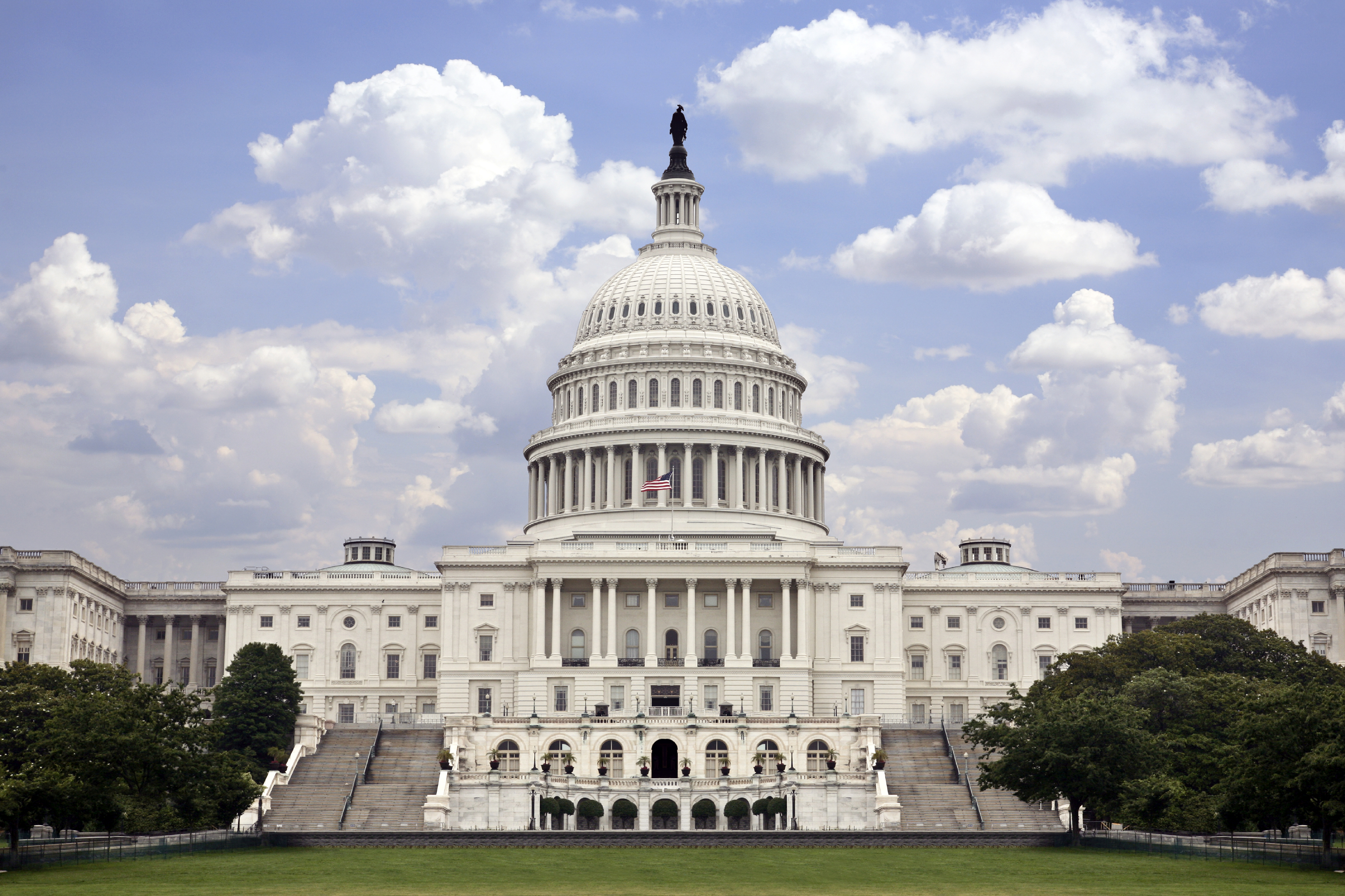Sen. Bingaman Introduces Clean Energy Standard for 112th Congress

Sen. Bingaman Introduces Clean Energy Standard for 112th Congress
Alliance to Save Energy Honorary Vice-Chair Senator Jeff Bingaman (D-N.M.) recently introduced a bill that would create a national Clean Energy Standard (CES). A CES is a flexible mechanism to ensure utilities meet an increasing percentage of their electricity sales using low-carbon sources. Bingaman’s Clean Energy Standard Act of 2012 (S. 2146), released March 1 with seven cosponsors including Alliance Vice Chair Mark Udall (D-Co.), would require larger utilities to supply a percentage of their electricity sales with no- or low-carbon energy sources from 2015 onwards, with the required percentage gradually rising through 2035.
The Clean Energy Standard Act
The bill would require that larger utilities meet a percentage of their sales with energy sources that produce less greenhouse gas emissions than a conventional coal-fired power plant. Zero-carbon renewable energy resources would receive full credit, as would hydro electricity and nuclear power plants built since 1992 (hydro and nuclear generation from pre-1992 sources would count as a deduction against total sales). Lower-carbon energy sources, for example natural gas and coal with carbon-capture, would count towards the requirement at a discounted rate, based on their emissions. In 2015, 24% of a utility’s sales would have to be met with clean energy credits; this would rise by 3% per year to 84% in 2035.
Utilities with excess low-carbon generation could sell credits to those with insufficient sources of their own. An alternative compliance payment could also be paid in lieu of meeting the requirement with clean energy credits. The cost of these alternative compliance payments would start at 3¢ per kWh and annually increase at 5% above inflation.
The CES would initially apply to those utilities with sales greater than 2 million MWh, gradually expanding to those with sales greater than 1 million MWh by 2025.
Energy Efficiency in the Clean Energy Standard Act
The bill does not allow most energy efficiency to count directly towards a utility’s clean energy sales requirement, as some past CES proposals would allow, but it does support energy efficiency in other direct and indirect ways.
The bill would directly incentivize efficiency in two ways. Most revenue from alternative compliance payments and penalty fines would be directed towards state-run energy efficiency programs in the states where the payments or fines were collected. Also, combined heat and power (CHP) plants are eligible for credits based on their power and heat production, which can be sold to utilities.
The bill also requires DOE reports to analyze non-generation mechanisms like efficiency and thermal energy that could be incorporated into or supplement the CES, as well as on conservation of natural gas supplies.
Indirectly, a clean energy standard would encourage energy efficiency as utilities may seek to reduce their overall sales through efficiency programs in order to reduce the necessary investment in clean energy generation or alternative compliance payments; energy efficiency can be expected to be less expensive than generation resources or the compliance payment. By 2035, reducing sales with efficiency programs would reduce the amount of clean energy credits needed by a utility by 84% of the electricity saved.
Recent Low-Carbon Energy Standard Proposals
Various proposals to create renewable energy standards (RES) or broader ‘clean’ energy standards of various types have been offered in recent years.
In the 111th Congress, a draft bill from Senator Lindsey Graham (R-S.C.), the Clean Energy Act of 2009, would have created a Federal clean energy standard for renewables, advanced coal with CCS, nuclear, and certain other sources. It could allow up to 25% of the requirement to be met with energy efficiency programs operated by a utility or by improving the efficiency of generation facilities. Senator Lugar’s (R-Ind.) Practical Energy and Climate Plan of 2010 (S. 3464 in the 111th Congress) included a Diverse Energy Standard structured as a broad CES.
Also in 2009, the House’s ‘Waxman-Markey’ American Clean Energy and Security Act and the Senate’s American Clean Energy Leadership Act (championed by Bingaman) included RES provisions that allowed for portions of the requirement to be met with energy efficiency.
In his 2011 State of the Union, President Obama called for a CES as a central component of his energy policy.
Other Resources
STAY EMPOWERED
Help the Alliance advocate for policies to use energy more efficiently – supporting job creation, reduced emissions, and lower costs. Contact your member of Congress.
Energy efficiency is smart, nonpartisan, and practical. So are we. Our strength comes from an unparalleled group of Alliance Associates working collaboratively under the Alliance umbrella to pave the way for energy efficiency gains.
The power of efficiency is in your hands. Supporting the Alliance means supporting a vision for using energy more productively to achieve economic growth, a cleaner environment, and greater energy security, affordability, and reliability.



